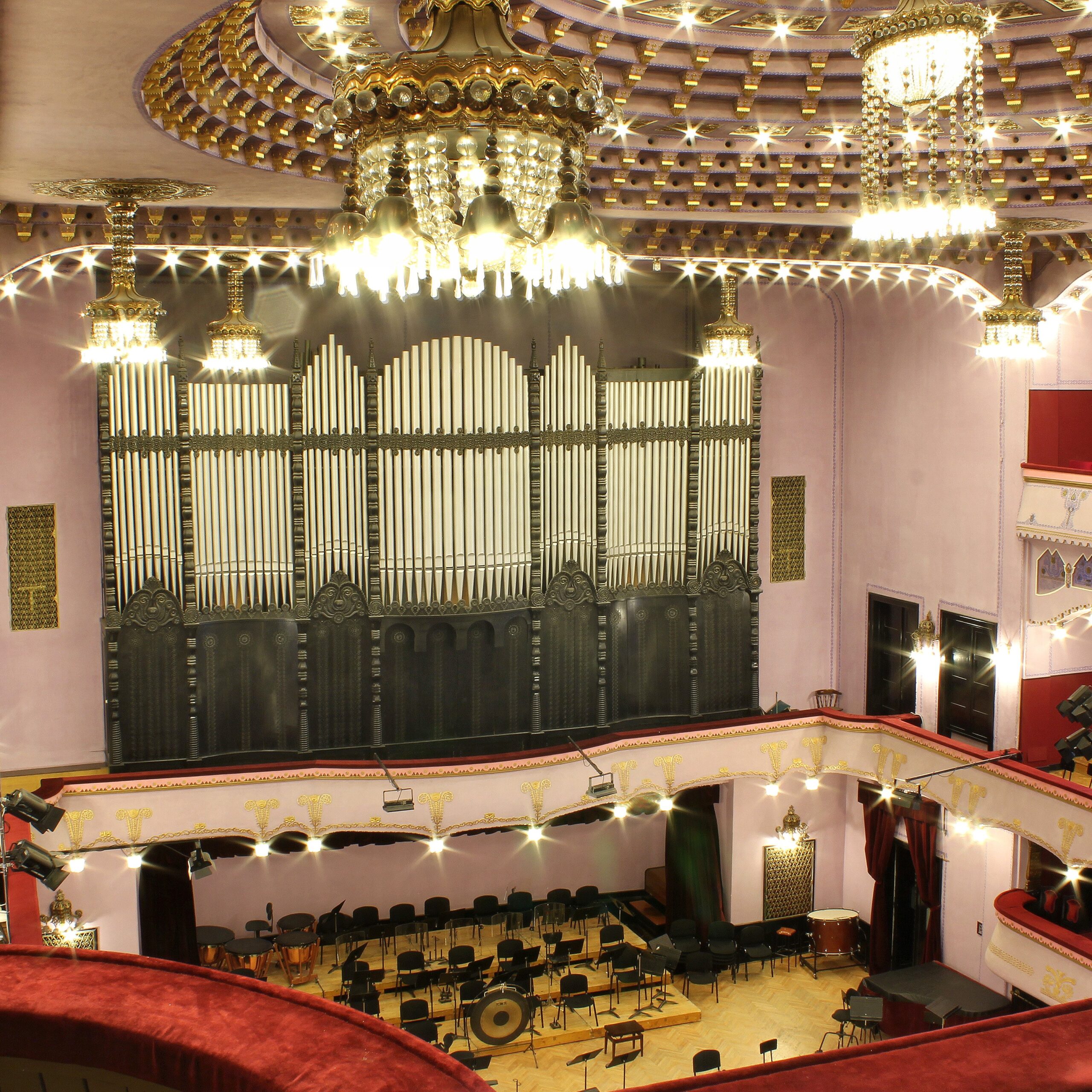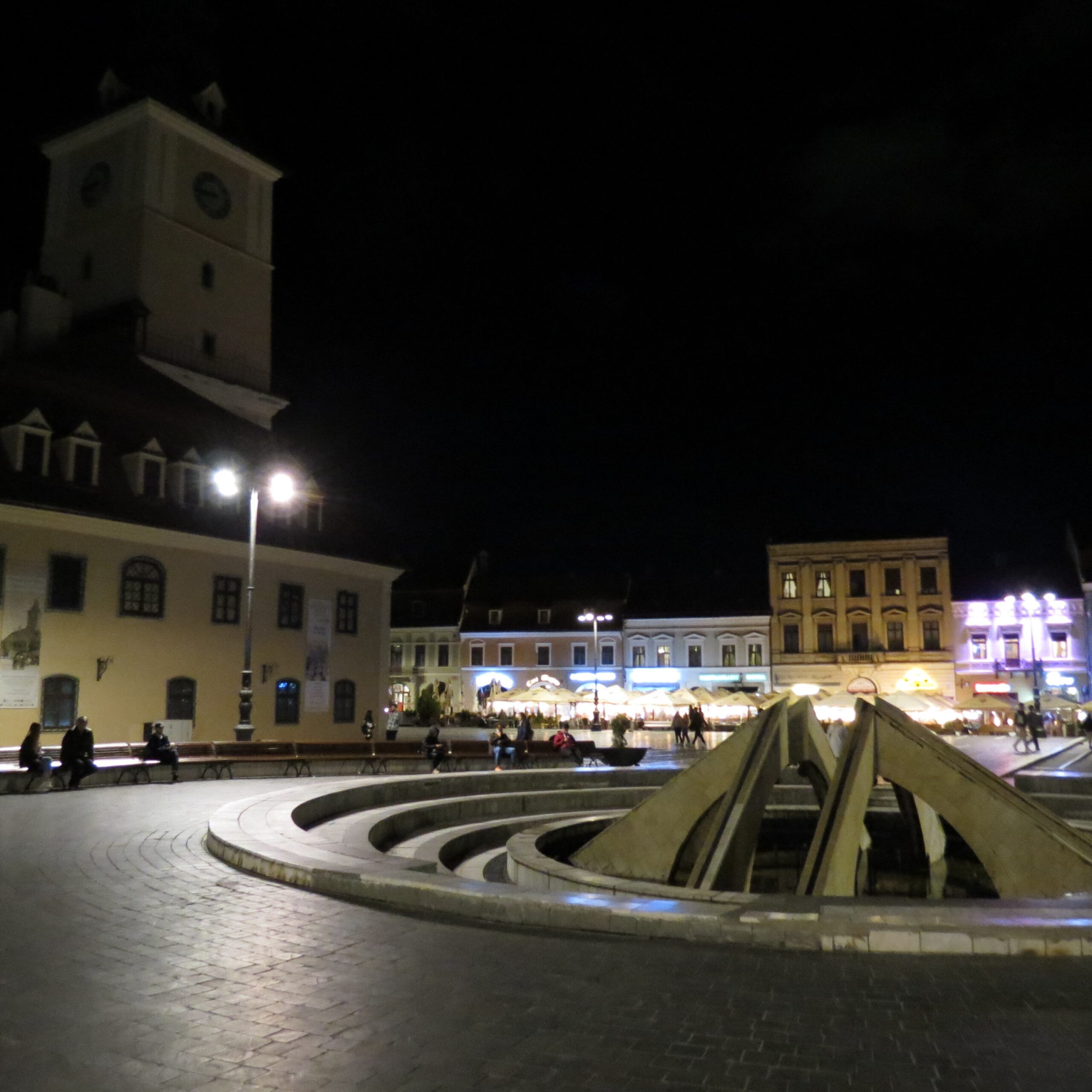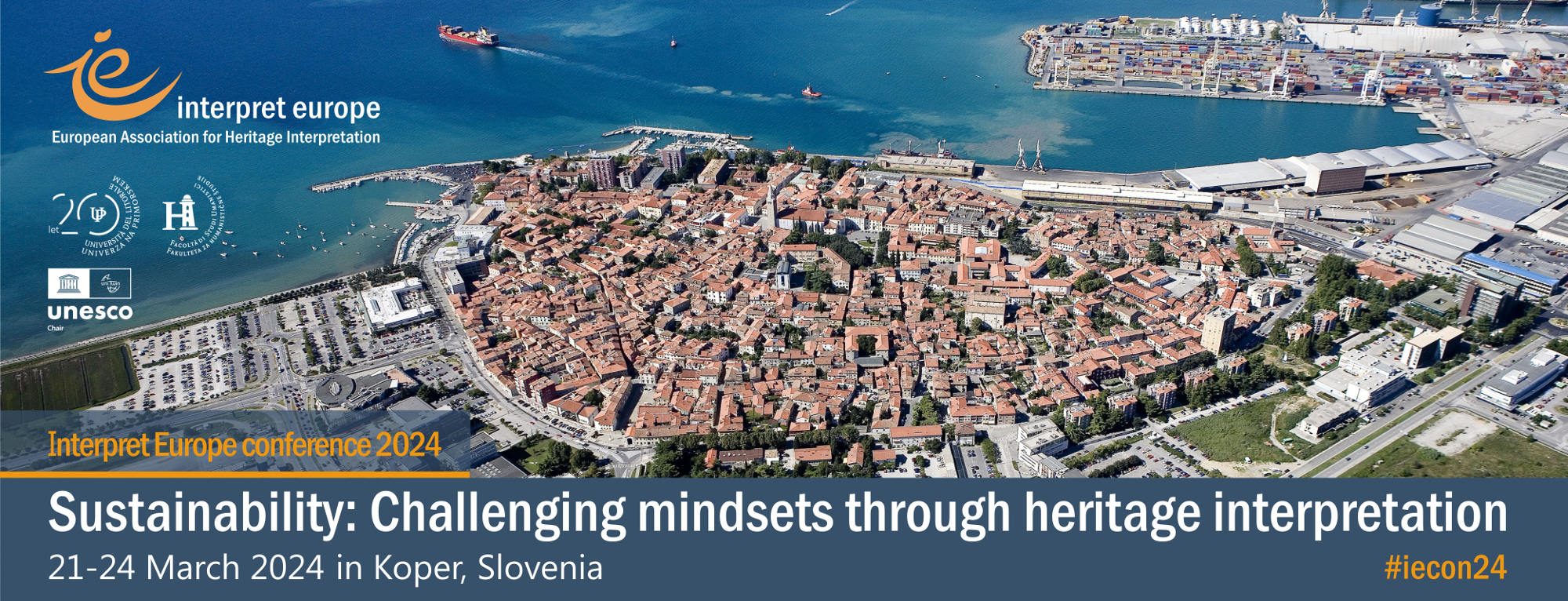Post–conference tour
At, in and on the water – Venice and it’s lagoon
In the middle of a lagoon in a shallow inland sea, the city was built on more than 100 islands which are connected by over 400 bridges.
These bridges and canals, gondolas, St. Mark’s Square with its Lion, the Grand Canal and the Rialto Bridge are the well-known images that immediately come to mind when you think of Venice. But the lagoon city has much more to offer: Baroque churches, Gothic palazzi, Byzantine domes. Venice offers countless art treasures in just a few square kilometers, world-determining history and hidden stories.
Strolling around, you start dreaming about the way of life in a faraway past as you can feel the spirit of long-gone richness and Venetian power. This Venetian spirit makes the city one of the most-visited places in the world.
But with the visitors come problems and challenges in Venice. Tourism is displacing the urban infrastructure: supermarkets and small bakeries have to give way to souvenir shops or overpriced cafés. The needs of tourists are served, but those of locals can fall by the wayside. Many tourists don’t even notice any of these problems because the beauty of the city exerts a special fascination for its visitors.
What does all of this mean for the city and its residents? What role could heritage interpretation play in raising awareness among visitors while cruise ships and buses bring thousands of tourists to Venice each day?
Our guide Susanna, is a passionate Venice expert! She will take us on a journey through time. In addition to well-known must-sees, we will discover hidden secrets and curiosities and listen to exciting stories.
We will also have the opportunity to meet Matteo Rosati and his colleagues from the UNESCO regional office in Venice and hear about their work in challenging times.


On Monday, a boat ride to three of the most amazing places in the tangle of so many small islands is waiting for us:
- The island of Murano, known especially for its incredible art of glass blowing that is still today the largest source of income for its inhabitants. We will have the opportunity to watch the glassblowers at their artistic work.
- The picturesque island of Torcello that has the charm of isolated places and is an island that houses the remains of some of the most ancient monuments of the Venetian civili-zation – the first cathedral in Venice, Santa Maria Assunta, and the church of Santa Fosca.
- The charming island of Burano which has been the centre for embroiderers and lace makers for generations. Its multicoloured houses are a real feast for the eyes – even when it rains, because the colourful houses shine even in grey weather.
Back on the mainland, it will be time to say goodbye to old and new friends.

Provisional programme:
24 March
14:00 departure from Koper
16:00 Arrival at Venice Tronchetto
Individual hotel check in
17:30 Guided tour
19:00 Dinner
25 March
09.30 Visit to the UNESCO regional bureau
11.00 Boat to Murano
11.45 Visit to a glass factory
12.30 Lunch
14.00 Boat to Torcello
15.00 Boat to Burano
16.30 Boat back to Venice
Costs: €70
This includes the bus from Koper to Venice and the
guided tour including the boat ride to the islands.
All meals will be paid extra by participants.
You need to make your own hotel reservation.
We recommend you plan your overnight stay in the area near the bus station Troncetto and the train station Santa Lucia.
Bus ride to Venice
If you want to explore Venice on your own, or start your journey back home from there, we can offer you a ride by bus to Venice Tronchetto on Sunday 24 March at 14:00 for the cost of 20 €.
Post–conference tour
Bran Castle and Brașov music tour
15 May 2023
12:45 – Departure from Sighișoara
15:30 – 17:00 – Visit to Bran Castle and tea / coffee break
17:00 – 19:00 – Concert at the fortified church in Țara Bârsei
19:00 – 19:45 – Concert at the Black Church, Brașov
20.00 – Dinner with wine tasting in Brașov
16 May 2023
9:30 – Departure to Sibiu airport (arrival to Sibiu airport at cca. 12.00).
9:30 – 11:30 – Brașov guided tour (optional for those who depart on their own later)
Fee: 86€
includes the entire programme, transportation from the conference venue to Sibiu, entrance fee to Bran Castle and dinner/ wine tasting.
Accommodation is not pre-arranged and/or included in the fee.
Programme:
Bran Castle (Romanian: Castelul Bran; German: Schloss Bran; Hungarian: Törcsvári kastély) is located in the central part of Romania and in the south-eastern of the historical region of Transylvania, at the border withanother historical region, Wallachia. The castle is well known as Dracula’s Castle, because of its association with the fictional character in Bram Stoker‘s Dracula. The castle is now a museum dedicated to displaying art and furniture collected by Queen Marie of Romania. We will start our tour discussing how the castle became the ‚must see’ of Romania and how this is perceived at a local level.
After coffee and traditional tasty snacks, we will embark on two very special experiences, dedicated to music as an interpretative medium, aiming to connect the present and the urban citizens with the architectural heritage and local communities around the city of Brașov. Musica Barcensis is a festival, organized by the Forum Arte Foundation, that every year colours the cultural life in the fortified fortresses of Burzen Land / Țara Bârsei. The concerts and events of this festival bring a breath of joy to the evangelical fortified churches in the Brașov area in the summer months. All of them become meeting places, refuges loaded with history and legend. The first session will take place in one of the fortified churches from the Saxon (German) villages around Brașov and the second one will take place in the Black Church.


The Black Church, Biserica Neagră in Romanian (German: Schwarze Kirche, Hungarian: Fekete templom), stands in the city of Brașov in South-Eastern Transylvania. It was built by the Saxon community in Gothic-style between 1383-1385 and 1480. The Black Church is the most important house of worship in the region which belong to the Evangelical Church of Augustan Confession in Romania. It has the biggest bell in Romania (weighing six tones) and the richest collection of Anatolian carpets from the 15th to 17th centuries outside Turkey. A Lutheran service is held each Sunday for the small German community in the city and for the rest of the time the church is open to visitors as the most visited museum in the city of Brașov.
Such a special evening will end suitably with a wine tasting in Brașov’s charming city center. The last part of the post-conference tour will begin on Tuesday morning with a one hour tour of Brașov (German: Kronstadt; Hungarian: Brassó; Latin: Corona), the second most visited tourist destination in Romania. The tour will include a short stop at a small, but innovative museum that uses diverse interpretation techniques, Casa Mureșenilor Museum Brașov.



